Today’s post is all about JTM45 Power scaling.
It carries with it quite a lot of detail, and it will get a bit technical.
Don’t say I didn’t warn you!
What is JTM45 Power scaling in the first place, and what is it all about ?
Power scaling is the hunt for a dream, the dream of all electric guitarists since tube amps first came about.
The dream is that the guitarist can use his favorite tube amplifier anywhere. Everywhere.
He could use his amplifier in every room and it will sound AMAZING at any volume.
Is that even possible ?
For purposes of explanation, let’s go into a bit of history:
In the early days of guitar amplification, only single-channel guitar amplifiers existed.
Those amplifiers had no distortion channel, just a volume control for the entire amplifier.
The amplifier designers at the time did not find it at all desirable to overdrive the guitar sound or even distort it.
Back then, the ideal sound was more that of the clean guitar. Country, jazz and swing guitarists are, to a large extent, still going by this rule.
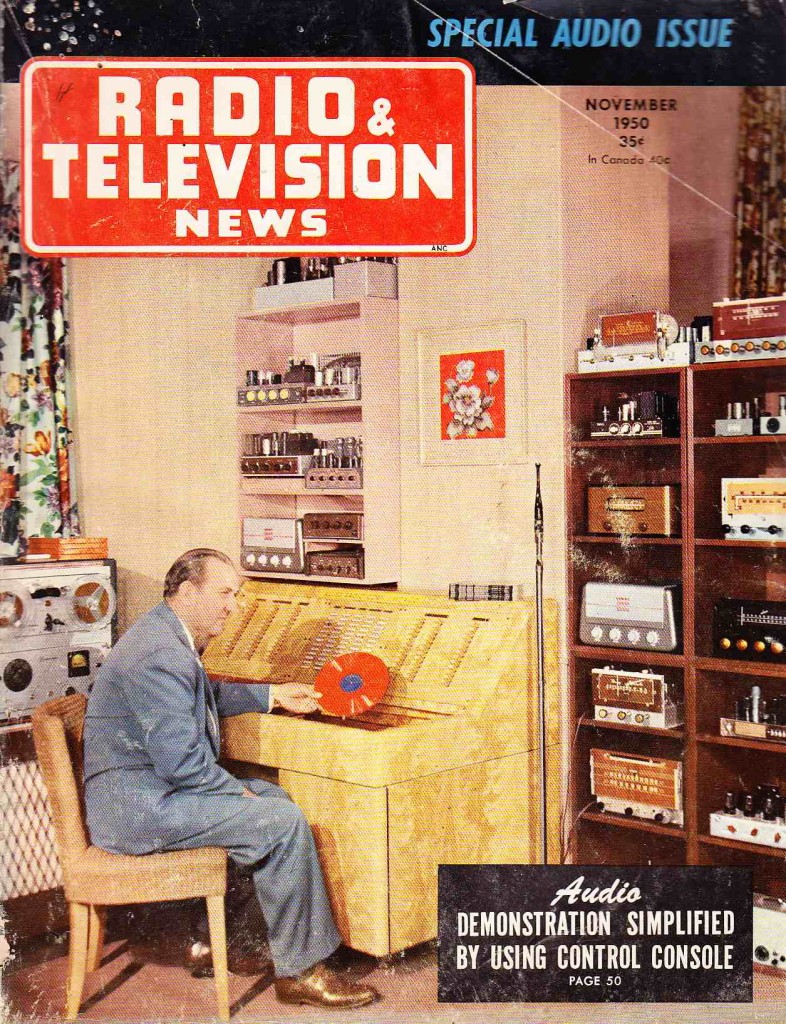
Eventually the “bad boys” came along with their nasty long hair, screaming gibberish into the microphone, and turning the volume control on their guitar amplifiers all the way up.
Depending on the amplifier model, the guitar sound was then altered to sound over-driven or extremely distorted. COOL! (or at least long-haired ones seem to think so).
But their beloved, distorted sound appeared to only be right when the power limit of the guitar amplifier was tested. They demanded that the amplifier use so much power that it simply could not handle the pure signal anymore and began to distort it. An overload, so to speak.
So far, so good.
Power, room size, volume – the problem:
Each tube amplifier has a certain amount of power.
There are standard models ranging from, for example, the Fender Champ to the Marshall Major, about 5W up to 200W. For bass guitars, higher powers are often still needed. The AMPEG SVT delivers about 400W.
Due to its low power, a 5W CHAMP breaks up pretty quickly.
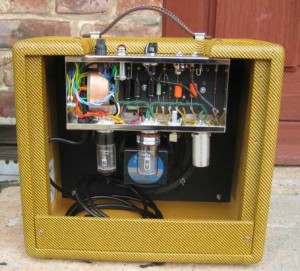
Fender Champ with a max. output power of only 5W.
I could only really use a 5W CHAMP to play on the veranda for a little blues session, or something similar. At a slightly raised volume, I will get a very a nice sound, a bit crunched or even distorted.
If I would try to use my Plexi 100 on the small veranda and get it to its crunch level, however, it would be only a matter of time until I’m either sitting on the porch alone, or without a guitar, in a nice single prison cell.
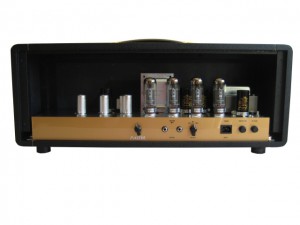
Marshall Plexi 100 with a max. output power of about 100W.
The maximum achievable output power of a classic tube guitar amp restricts its usability to only a handful of playing environments, which is a shame.
While I will NEVER get a really clean sound with a 5W CHAMP in a rock band, I will NEVER play my porch blues with the distorted PLEXI100. At least I won’t if I want to create some minor distortion with the amplifier itself (without using effect pedals).
Back to the big dream:
What if I could reduce the power of my PLEXI 100 with a twist of a potentiometer down to the power of a 5W CHAMP?
Could I still play the porch blues with my favorite 100W Plexi crunch sound ?
The answer is : Yes!
How ?
With JTM45 Power Scaling.
Power scaling technology is able to reduce the POWER of a tube amp.
The actual characteristics of the tubes stay unchanged. The sound of the distorted or overloaded tubes are kept the same.
With Power Scaling I can, for example, use the JTM45 and reduce its maximum output power down to 125mW. That’s less power than the clock radio next to your bed has.
So I can play wonderfully with the JTM45 in the rock band AND on the blues porch – with the same SOUND!
Before you say : “That’s nonsense! If that were possible, power scaling would be installed everywhere! ”, I want to clarify something first.
I mean sound, not sound pressure, or AWESOMENESS, or even ‘ feeling’.
Imagine you are sitting in your kitchen. Your kitchen radio, with its small 5cm speaker, is just burbling out “Sweet Child O’Mine” by Guns ‘ n Roses.
Good old Slash begins to play his solo.
What you hear now is the typical Slash sound. You can then imagine how good it would sound and what pressure you would feel in your stomach standing 2 feet in front of Slash`s Marshall tower.
Although you hear him play with his typical Slash-sound through your radio – it is just not the same. The pressure is missing and your ears themselves would hear things differently at the 120 decibels they would get from being close to Slash`s Marhall stack.
Nevertheless, the fact remains, that you hear the Slash sound in the kitchen and you would also hear your rock band JTM45 sound when playing with the power scaled JTM45 on the blues porch… only it would just not be the same.
More on that later, now it’s time to talk about some technical stuff.
JTM45 Power Scaling technology
I warn you – it will get really technical. If you aren’t interested – I recommend that you simply scroll down to “conclusion” now.
Let’s begin:
Our goal here is to reduce the power of the guitar’s amplifier. The maximal output power of a tube amplifier is determined by these factors:
- Anode voltage of the power tubes and the maximum current that can be passed through them by the power supply
- Characteristics of the output transformer
- Number and type of power tubes
When we look at our JTM45 we see, that we can really only have control over one of these factors: the anode voltage.
The JTM45 uses a pair of KT66 in a push-pull principle in the power section. This is not negotiable.
We do not want to replace the power or the output transformer when we go to the porch to sing the blues.
We are left with only one thing we can change : the anode voltage.
The grid voltage UG2, the BIAS and the anode voltage determine the operating point of the tube. This operating point is crucial to the sound of the amplifier’s output stage when it gets overloaded and starts to distort.
With proper power scaling, these three voltages can be changed simultaneously, thus giving us control over the amplifier’s max. output power without changing the tubes’ point of operation and thus the sound.
Some shortcut solutions (such as the “VVR”) will only reduce the grid voltage UG2 in order to reduce the output power. Although this also reduces the power of the amplifier, the output tubes’ points of operation will be completely changed. A lower output power will be achieved but we have to deal with a completely different sounding amplifier.
I consider such solutions as nonsense and therefore do not recommend them.
Back to the real thing.
You can see the two potentiometer knobs that regulate the JTM45 Power Scaling here :
With the “Power” knob I can regulate the anode voltage of the power tubes as well as the grid voltage and the BIAS voltage. This all happens simultaneously.
Here is an example:
If the “Power” knob is fully turned clockwise, the KT66 output stage will run with these values:
Anode voltage: 430V
Grid voltage: 430V
BIAS voltage: – 49V
With those values, the JTM45 will give us a nice clean power of about 24W.
When I turn the “Power” knob fully CCW, the internal power tube voltages will be :
Anode voltage: 13V
Grid voltage: 13V
BIAS Voltage: – 0.6V
With these values, the JTM45 gives us a clean power of 125mW (0.125 W).
The “Limit” knob :
To understand this one, we must have a short look on the JTM45’s schematic. Basically, the JTM45 is a smooth copy of the Bassman by FENDER, with a slightly different choice of tubes.
Here’s the rough idea:
The guitar’s small sound signal gets amplified by the first tube triode. The volume pot of the JTM45 follows this first stage. The signal is then amplified again and sent to the EQ (bass, middle, treble) potentiometers.
From there the signal goes to the phase inverter, or the so-called “PI”, and then on to the two power tubes.
Between the EQ and the PI is our “limit” potentiometer.
Back to the rock band. There I plug the guitar cable into the JTM45 and turn the volume pot of the amp up as far as I like it. Maybe I’ll even fiddle on the EQ knobs a bit. That means, the position of the volume knob and the EQ knobs are very important to get the sound I want to get also on the blues porch. There, I just want to get that sound at a lower volume.
The more I turn up the volume knob, the more the output stage will begin to distort the signal, simply because the amp can not provide the necessary power without the distortion. At that point it’s quite loud already…..
Too loud for the blues porch.
Back to the limit knob :
Without a limit potentiometer before the PI, I would turn the “power” potentiometer back on the blues porch and therefore reduce the power stage’s power. The problem would be that the full signal from the pre amp would hit the power reduced output stage. The “small” output stage could not handle the large signal from my turned up volume pot anymore.
That’s just like combining the cylinder of a VW Polo with the carburetor of a Porsche and applying full throttle.
The Polo-cylinder will drown hopelessly.
With the “limit” potentiometer, we can reduce the signal level from the pre amp to the output stage. We will let pass just the right signal level it needs to produce the desired rock band sound with the now “smaller” power stage. This will be the signal level at which the power stage can no longer provide distortion-free performance and produce the desired distorted sound but will not get drowned by a too large pre amp signal.
The relationship between the “power” knobs and “limit” knobs position at different power levels is not a linear one. The lower the power output capacity of the power stage is, the less preamp signal it can cope with before it will sink into distortion.
You can see the settings that I have dialed in using my ears and the oscilloscope for the ÜBER – JTM45 at different power levels here :
With these settings, I get extremely close to the rock band sound at any possible volume.
The installation of the limit pot also opens up whole new ways to use this amp. For example, I could reduce power while turning the limit potentiometer fully ON. The output stage would be drowned with signal and the JTM45 would become a fuzz box.
Some experts may now be wondering:
“Why is he not using the PPIMV pot as a limit control ? “
A PPIMV is a “post-phase inverter (PI) master volume”.
In fact, this would have the advantage that I could keep some PI distortion sound that is surely present when the amp is overdriven in the rock band situation. The limitation of the signal would then be after (post) the PI and this would add some nuances to the overall sound result.
I have two reasons for not using the PPIMV as a “limit” control:
- I think the sound of the distorted PI is buried by the sound of the distorted output stage in the over driven operation of the JTM45 because the output stage distorts long before the PI does .
- A PPIMV removes the ” presence” circuit out of the feedback loop when turned down. The result is a less effective presence pot. The presence circuit actually accentuates the higher frequencies. This is an important ingredient to the JTM45 sound. It is not an option for me to lose presence on the blues porch.
Incidentally, this is generally a major drawback of the PPIMV . It always ruins the feedback loop around the power amplifier. The presence knob gets rapidly ineffective and the amp sounds much darker.
BTW : The PPIMV has nothing to do with power reduction or power scaling. It only limits the signal level before the output stage after the PI. The aim of the PPIMV is to get some pre amp distortion at low volume levels. This works, but in a different manner. When the PPIMV is turned down and the amps volume is turned up, we get, with a little luck , some preamp tubes and the PI distortion. The output stage will still drive the speakers with full power, but the overall sound pressure level is limited by the amount of signal the PPIMV allows passing through. The power stage itself stays rather clean.
One could say, with the PPIMV, we build some sort of tube distortion pedal into the amp and amplify the generated distorted signal with the unaltered power amp. This has nothing to do with power scaling and the sound is very different from the pre amp + power amp distortion although it might satisfy many users.
Conclusion JTM45 Power Scaling
The thing works. It works almost perfectly. It really is possible to reduce the volume of a JTM45 to that of an 18W and keep the JTM45 sound. No problem.
It even works down to the famous “bedroom level”. However, do you know anyone who sits down with his JTM45 in his bedroom to practice guitar ? I don’t.
However, we can not maintain the AWESOME factor at low power levels.
This is because of two factors :
- Our hearing works differently at low volumes . Why, do you think , did they build that “loudness” button into our home HiFi system? For more information : just google “Fletcher- Munson curve“.
- A guitar speaker is basically a thin cardboard cone driven by a magnet-coil motor. If you have ever watched a speaker at high volume levels (hopefully with hearing protection) you have seen the large speaker cone movement. This is not without consequences. At such high deflections the speaker’s cone itself distorts considerably and thus contributes to the overall sound. If the JTM45 has been reduced to the “bedroom level”, the speaker cone practically does not move at all. The speaker then sounds correspondingly different.
On the blues porch, I would prefer to have a speaker with less power handling capability on my power-reduced JTM45 . This would simply allow the speaker cone to move a little more thus sound a little more like a hard driven speaker does.
My personal solution for the rock band and the blues porch situation has always been … and it will probably will always be :
Just own several amps.
Smaller amps and larger amps .
Problem solved.
If things get complicated, I can always use pedals .
Nevertheless, finally : Power Scaling works, and it is a solution. Although a very expensive one …..
Thank you for reading this far and until next time !
Please subscribe to our newsletter ! We will keep you informed about new post and product updates.

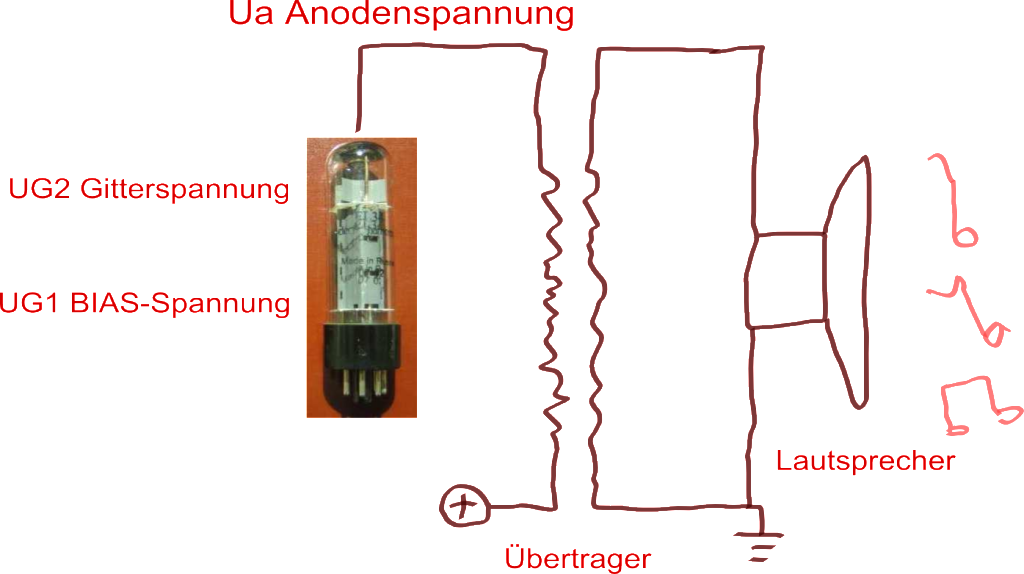
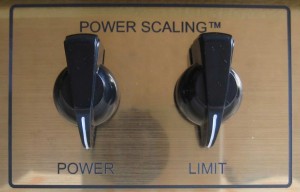
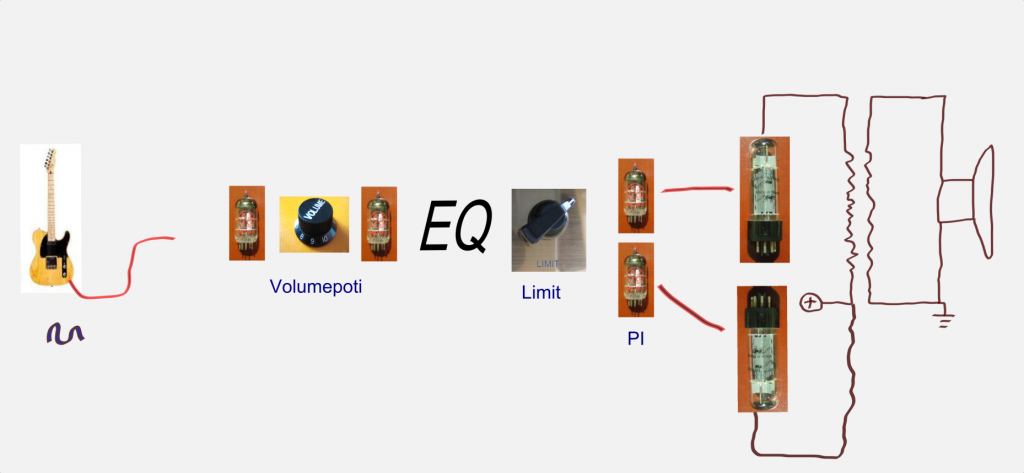
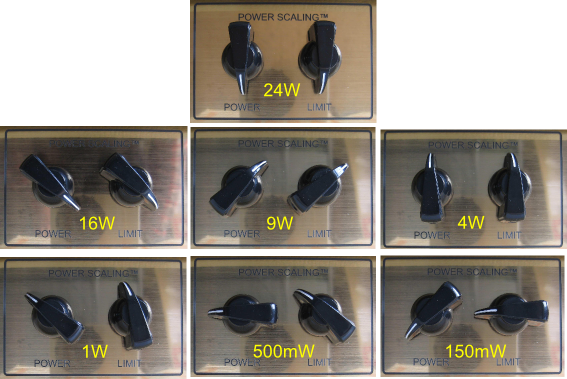
Recent Comments